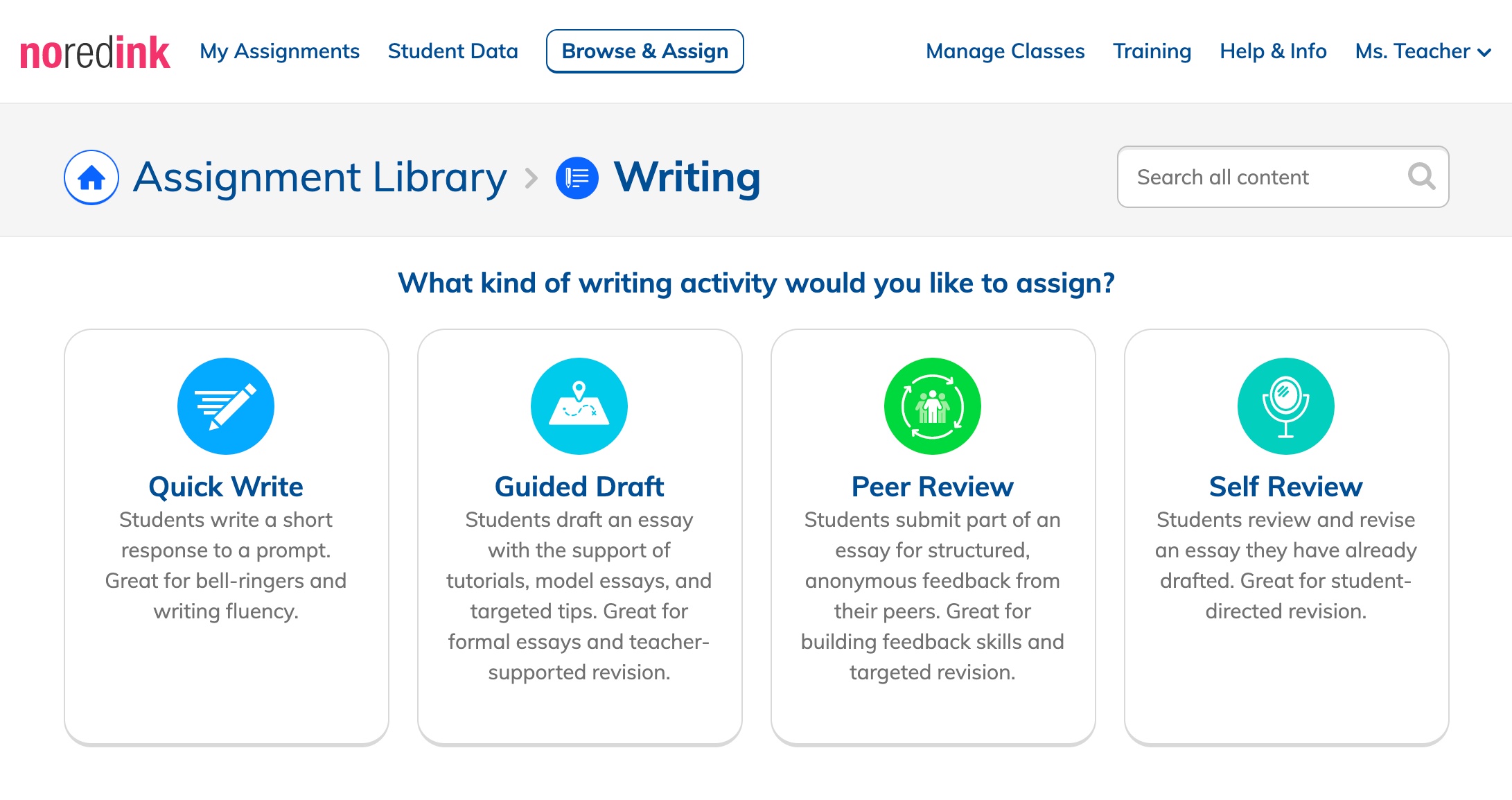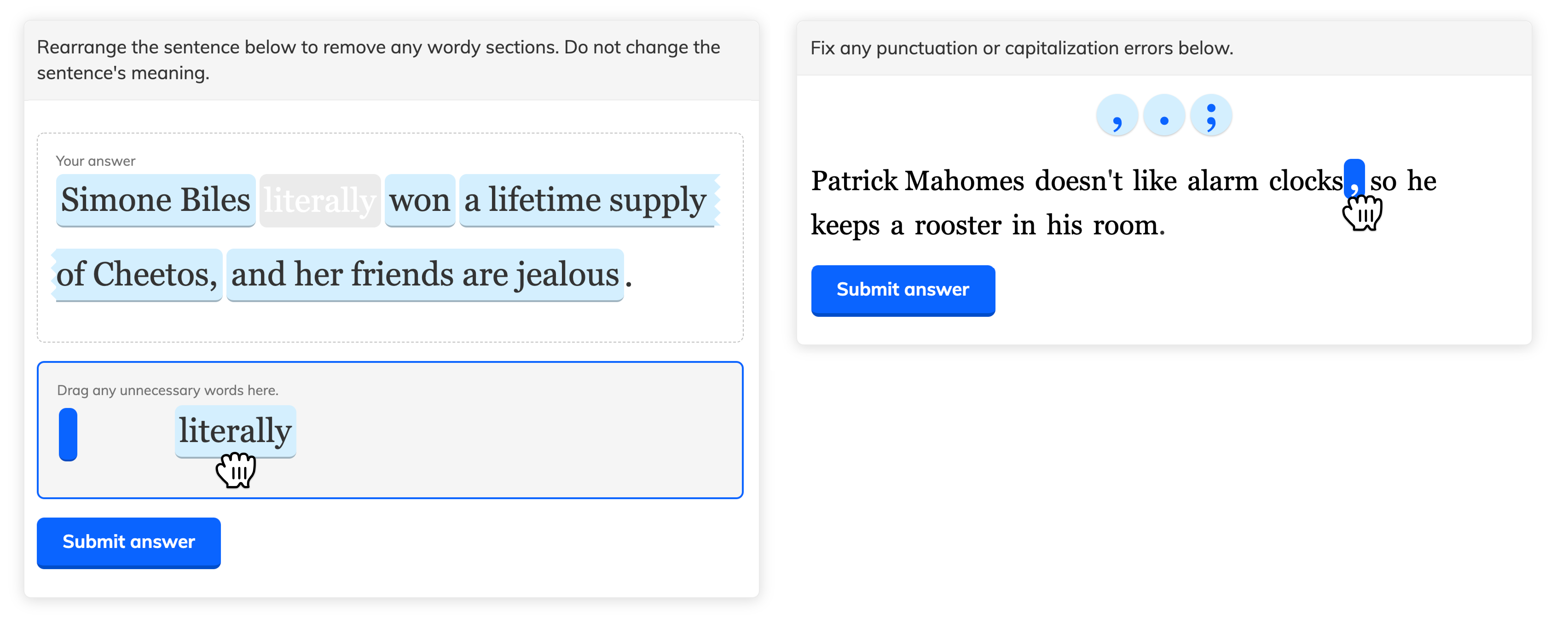Ispace, a Japanese space startup that aims to lead the development of a lunar economy, has unveiled its design for a large lander that could go to the moon as early as 2024.
Tokyo-based ispace said this next-gen lander, dubbed Series 2, would be used on the company’s third planned moon mission. The lander is both larger in size and payload capacity than the company’s first lander, coming in at around 9 feet tall and 14 feet wide including legs. The vehicle will be capable of carrying up to 500 kilograms to the moon’s surface and 2,000 kilograms to lunar orbit. Series 1, which will fly in 2022 and 2023, has a maximum payload capacity of only 30 kilograms.
Crucially, the new lander is designed to be able to survive the frigid lunar nighttime, possibly as long as a two-week stint on the moon’s surface. It’s also capable of landing on either the near or far side of the moon, including its polar regions.
The new lander has a few other features as well: It has multiple payload bays, and an advanced guidance, navigation and control (GNC) system to ensure the craft sticks the landing on the moon’s surface. The GNC technology is being provided by engineering developer Draper, a company with a deep footprint in the space industry. Draper is also one of 14 eligible contractors for NASA’s Commercial Lunar Payload Services (CLPS) initiative.
Ispace said in a statement that the lander has completed its preliminary design review; the next stage is manufacturing and assembly, which will be completed in partnership with General Atomics, a defense and aerospace technology company.
The partnership with Draper — a CLPS contractor — is key, as ispace wants its Series 2 to compete in the NASA program. “Over the next few months, we will work closely with Draper and General Atomics to prepare for the next NASA CLPS task order,” Kyle Acierno, CEO of ispace’s U.S.-based subsidiary, said.
Ispace is developing the next-gen lander out of its North American offices in Colorado, and it intends to also manufacture the vehicle in the United States. In the meanwhile, the company is still at work preparing for its first two lunar missions in 2022 and 2023. The company said the Series 1 lander is undergoing final assembly of the flight module at a facility in Germany owned by space launch company ArianeGroup. The customer manifest for the first mission is full, but ispace did say payload capacity is still available for the subsequent mission.
The lander unveiling comes just weeks after ispace announced the close of a $46 million Series C funding round, capital it said at the time would go toward the second and third planned missions.

